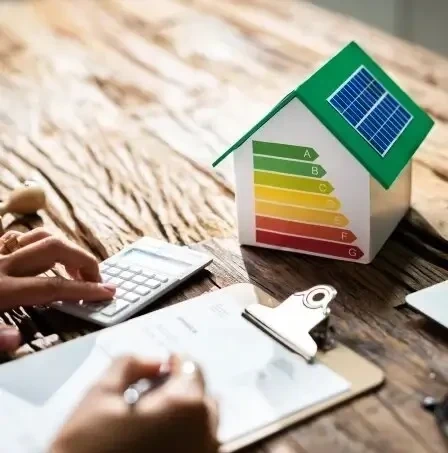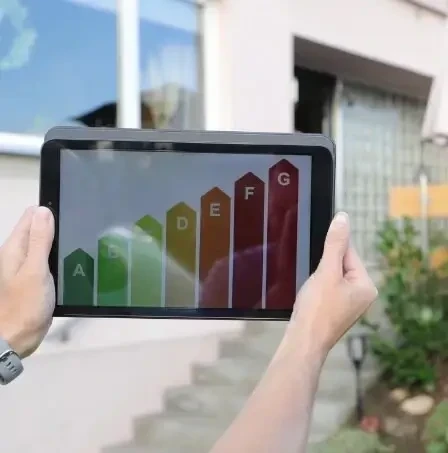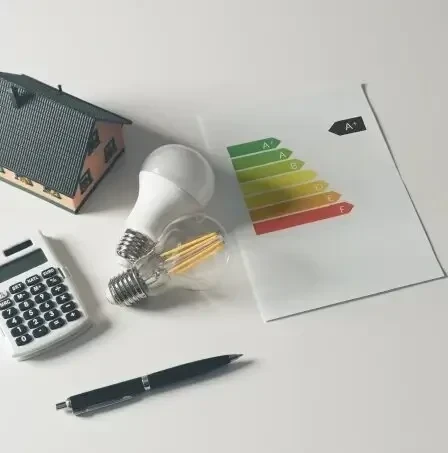Whether you’re a homeowner or you plan to rent your property to someone else, it is in everyone's interest if you make it more energy efficient. In this brief guide, we'll provide sage advice for creating an energy efficient home.
There are some 25 million private residences in the UK today. But most earn a rather abysmal EPC rating of D, meaning they are only a little more than half as energy efficient as they could be. If yours is one of these homes the good news is that it does not take much to make a marked improvement in your Energy Performance Certificate rating. Here are 6 steps toward creating an energy efficient home.
It was only recently that single-glazed windows were the norm in the UK. But those days of blissfully wasting energy are now behind us. One of the most effective ways to enhance the energy efficiency of your home is to replace old single-glazed windows with double, or even triple-glazed windows.
The average age of houses in the UK is nearly 40 years. That means most were built at a time when energy conservation wasn’t a major priority. If your home has been around awhile it would likely benefit from upgrading the insulation in the exterior walls and the loft.
LED lights represent nothing short of a revolution in lighting technology. They use only a fraction of the energy incandescent bulbs use, they produce clean, glare-free light and they can last 20 years or more. If you are serious about creating an energy efficient home the easiest place to start is by switching over to LED light bulbs.

With a smart thermostat, you can program the temperature in your home for an entire day, week, month or indefinitely. No more leaving the temperature up by mistake when you go to work. No more coming home to a freezing cold house. Your home will be at the optimal temperature 24 hours a day, 365 days a year and your energy bills should be significantly lower as a result.
Old fashioned boilers were as good as they could be in their day, but they won’t be adequate for the mid-2020s. If the boiler in your home was installed 15 or 20 years ago (or more) it’s time to consider switching over to an energy efficient condensing boiler. The condensing boiler does not allow hot exhaust gases to escape. Instead, it reuses them to pre-heat circulating water reducing the amount of energy required to bring the water up to the right temperature.
Solar panel technology has improved by leaps and bounds in the past 20 years and is now a viable form of alternative energy production. Adding solar panels to your home will make it noticeably more energy efficient, reduce your monthly energy bills and improve the EPC rating of your home. And that’s crucial if you plan to sell or rent your home any time soon.

Creating an energy efficient home is not as difficult as it might seem. All that's needed in most cases is to replace some of the legacy technology that was installed within the home when it was built. Replacing old windows with double-glazed windows, installing a condensation boiler and upgrading the loft insulation are just some of the ways you can reduce your home's energy consumption and improve its Energy Performance Certificate rating in the process.
Creating an energy efficient home is not just a good idea, increasingly it’s the law. If you hope to rent or sell your home at any time in the near future, you will need to ensure it has at least an “E” EPC rating. If you are unsure about your home’s current EPC rating, contact the team at Energy Performance Certificates by calling 0203 397 8220. We’ll quickly determine your home’s EPC rating, so that you can make informed decisions going forward.
